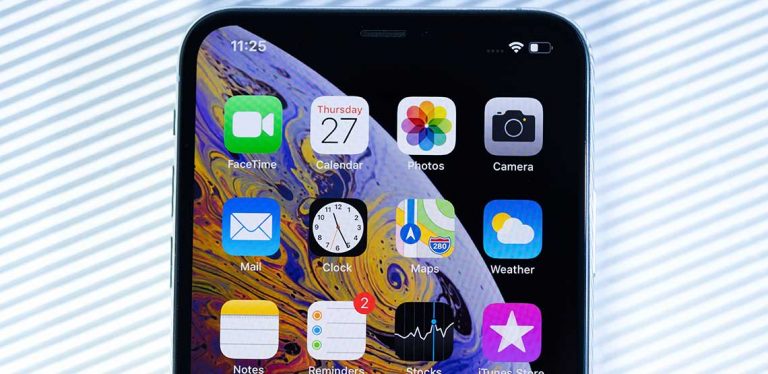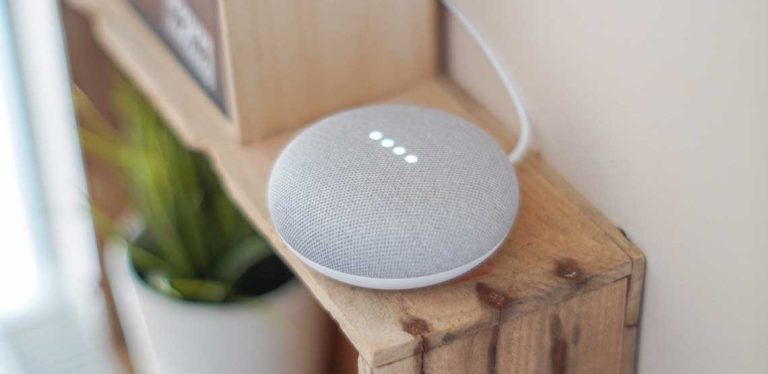Compare Cell Phones to Find the Best Option
While laptops have their perks, there aren't many tasks that your cell phone can't do these days. You can use printer apps to print directly from your phone, do your banking, and even pay for products in a store. But that doesn't mean every phone is created equal.
There are so many models out there and so many phone plans it can be difficult to know what to pick to suit your needs.
To decide which model is best for you, we’ve decided to compare cell phones. By pitting the best models on the market against one another, we can get a clearer picture, and you can make your pick. Now, let’s look at the best smartphones that 2018 has to offer.
Our Top Picks
Samsung Galaxy S9 Plus
If the Samsung Galaxy S9 was a hit, then the S9 Plus picked up where Samsung stopped with the S9. For power users, it has proven to be a quality phone capable of withstanding a multitude of tasks all at once. The colors on the infinity display are brighter than ever, and the entire multimedia experience is amazing.
Pros
- Excellent display, tall enough for fitting up to four different app windows all at once.
- The addition of the second rear camera proved to be an excellent decision, as it provides us with impeccable portrait photos.
- It has more features than the Galaxy S9, but less than the Galaxy Note 9, making the price tier completely logical.
Cons
- Samsung persists in adding unnecessary bloatware, even though pushing their own Android skin wasn’t a success.
- According to recent tests and benchmarks, the battery life isn’t satisfactory. Maybe Samsung still has fears due to the Note 7 incident?
- The dual-aperture camera is sometimes too insistent when exposing low-light photos.
iPhone XS
The S stands for speed, and we all know what to expect from Apple’s S series of iPhones. For the first time ever, we see a whole new edition of iPhones without a home button. Building on last year’s X model, Apple decided to push their product one step closer to the bezel-less goal. Here's what to know about the iPhone XS.
Pros
- Every iPhone ever had a problem with low-light and high-contrast environments. The dual camera on the XS eradicates these glaring holes.
- Dual SIM support is great news for people who are constantly traveling.
- The new A12 bionic chip provides us with the best performance ever in an iPhone, with no bugs whatsoever.
Cons:
- Battery life is the shortest in this new series of iPhone models.
- Even though it’s pricey, you still have to spend more money on things like increased storage, headphone dongles, chargers, Air Pods, and more.
- Some people find the S series obsolete due to a lack of innovations every other year.
You May Also Like:
Related Search Topics (Ads)
LG V40 ThinQ
To compare cell phones, we usually look at innovations. This year’s LG flagship model comes with a lot of them. Five cameras in total, an improved AI system, and perhaps the cleanest Android version ever all make up for a stellar phone. Here's what to know about the LG V40 ThinQ.
Pros
- The V40’s five cameras give you a myriad of new photography options. Cameras were once the biggest downside to LG phones, so it’s great to see them improved.
- In spite of Samsung, Huawei and other manufacturers are pushing their agenda with customer Android skins, and LG is still loyal to stock Android.
- Many big-screen phones present a problem when it comes to holding them. Even with a 6.4-inch diagonal, the V40 is comfortable in your hands.
Cons
- If you’re not an avid photographer, the added photography features won’t hold much value.
- The whole new batch of features seems rushed because they didn’t insert a worthy battery.
- Google Assistant has a hard time navigating through the new features.
Huawei P20 Pro
Huawei has always lingered on the balance between budget and flagship, but their recent endeavors with the P20 Pro have pushed them close to the upper echelon. To compare cell phones in 2018, we have to take a lot of factors into consideration. Sadly, for Huawei, availability is still a big issue.
Pros
- Camera improvements seem to be the trend, but Huawei made perhaps the biggest stride out of all the flagships. Low light photos are much better than before.
- Unlike many manufacturers, Huawei opted for an iridescent set of colorways, ones that are bound to stand out.
- The selfie camera is also better than before, equipped with enhanced clarity and new modes for both novice and professional photographers.
Cons
- Wireless charging is a must for all 2018 flagships, and it’s a shame we don’t have it with the P20 Pro.
- The cameras are excellent, but the camera software needs work. Oftentimes, the auto camera settings produce mediocre images.
- Holding an Android phone without the option for expandable storage seems strange, to say the least.
- It’s still unavailable in the United States.
Which Camera Should You Choose?
Samsung and LG have both made significant strides this year, and it’s hard not to notice their efforts. If you want to invest in photography and hone your skills, the LG V40 is probably the best choice. It’s equipped with a plethora of different modes and additions, so you will be able to take quality photos just about anywhere.
For power users, we recommend the Samsung Galaxy S9 Plus. It’s large but doesn’t feel too big in your hands. The curved sides and excellent display make up for the annoying Bixby button, and the bloatware included.
With the iPhone XS, you are probably looking at the best iPhone ever. For those that are looking for long-term support and stability, this is the best choice. The new chip produces stellar results and can handle any number of operations at once. For AR technicians and developers, this is also the best solution.
The Huawei P20 Pro is one of the more interesting releases of the year. It brings parity to the market and allows more options to be expanded.
You really can’t go wrong with any of these models.

